When faced with damaged or deteriorating pipes, homeowners often find themselves at a crossroads: should they opt for traditional pipe replacement or consider the newer technique of pipe relining? Both methods aim to restore the functionality of your plumbing system, but they differ significantly in terms of cost, time, and overall effectiveness. In this blog post, we will explore the pros and cons of pipe relining and pipe replacement, helping you make an informed decision for your specific situation.
Pipes are an integral part of any plumbing system, carrying water and waste throughout your home or building. Over time, pipes can suffer from various issues, including cracks, leaks, corrosion, root intrusions, and overall deterioration. These issues can lead to reduced water flow, water damage, and even structural problems if left unaddressed.
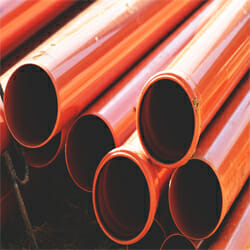
As you weigh your options, it’s essential to consider factors such as longevity and durability, impact on your property, compatibility with different pipe materials, maintenance requirements, water flow and efficiency, future renovation plans, warranties, and guarantees, as well as the expertise and experience required for each method. In the following sections, we will delve deeper into each method, exploring the benefits, limitations, and considerations associated with pipe relining and pipe replacement. By understanding these factors, you can make an educated decision that suits your specific needs, budget, and long-term goals.
Understanding Pipe Relining
Pipe relining is generally a more cost-effective option compared to pipe replacement. While relining may have higher upfront costs due to the specialised equipment and materials involved, it eliminates the need for excavation and associated labour expenses. Pipe replacement, on the other hand, requires extensive excavation, pipe removal, and installation, resulting in higher overall costs.
As you weigh your options, it’s essential to consider factors such as longevity and durability, impact on your property, compatibility with different pipe materials, maintenance requirements, water flow and efficiency, future renovation plans, warranties and guarantees, as well as the expertise and experience required for each method. In the following sections, we will delve deeper into each method, exploring the benefits, limitations, and considerations associated with pipe relining and pipe replacement. By understanding these factors, you can make an educated decision that suits your specific needs, budget, and long-term goals.
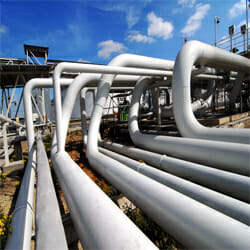
Pipe replacement offers the opportunity to upgrade your plumbing system, such as by upgrading to more durable materials or improving the layout of the pipes. It can also improve water flow and efficiency by eliminating old and obstructed pipes. However, pipe replacement requires more time, labour, and resources compared to pipe relining, as it involves excavation, pipe removal, and new pipe installation.
1. Assessing The Extent Of Damage
Before deciding between pipe relining and pipe replacement, it is crucial to assess the extent of the damage to your pipes. Minor cracks, leaks, or root intrusions can often be effectively addressed through pipe relining. The flexible liner and resin coating can seal these small issues, restoring the integrity of the pipe. This approach saves time and money compared to pipe replacement.
However, severe pipe collapse, extensive deterioration, or multiple areas of damage may require complete pipe replacement for optimal results. A thorough inspection by a professional plumber can determine the severity of the damage and help you make an informed decision. They will assess the structural integrity of the pipes, the presence of blockages, and any potential complications that may affect the choice between relining and replacement.
By accurately assessing the extent of the damage, you can choose the most suitable method that effectively addresses the underlying issues and ensures the long-term functionality of your plumbing system.
2. Cost Comparison

While pipe relining may have higher initial expenses, it often proves to be more cost-effective in the long run. The durable and corrosion-resistant nature of the relined pipes reduces the likelihood of future damage and the need for additional repairs or replacements. Pipe replacement, while reliable, is subject to similar deterioration as the original pipes over time, potentially leading to future expenses. It is advisable to consult with professional plumbers to obtain accurate cost estimates for both pipe relining and replacement based on the specific conditions of your plumbing system. They can provide detailed cost breakdowns and help you make an informed decision that aligns with your budget.
Read More: Emergency Plumbing Cost
3. Time Considerations
Time is a crucial factor to consider when deciding between pipe relining and pipe replacement. Pipe relining offers a significant advantage in terms of efficiency. The process can typically be completed within a few days, depending on the extent of the damage and the length of the pipe. Since it is a trenchless method, there is no need for extensive excavation, which saves considerable time compared to pipe replacement.
On the other hand, pipe replacement can be a time-consuming process. It involves excavation to access the damaged pipes, removing the old sections, and installing new pipes. The duration of the project will depend on factors such as the complexity of the plumbing system, the accessibility of the pipes, and the length of the replacement.
It’s important to consider your specific timeline requirements when choosing between the two methods. If time is of the essence, pipe relining offers a quicker solution with minimal disruption to your daily routine.
4. Environmental Impact
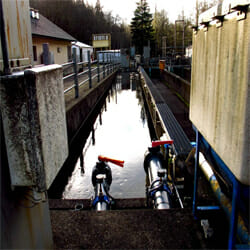
Pipe replacement, on the other hand, requires extensive excavation, resulting in a larger environmental footprint. It often involves the disposal of old pipes, which can contribute to waste accumulation. By choosing pipe relining, you can minimise your environmental impact and make a sustainable choice for your plumbing needs.
5. Longevity And Durability
The longevity and durability of the repaired or replaced pipes are crucial considerations when deciding between pipe relining and pipe replacement.
Pipe relining offers excellent durability. The epoxy resin used in relining creates a seamless and corrosion-resistant pipe within the existing one. This new pipe is resistant to future damage, including cracks, leaks, and root intrusions. It provides a long-lasting solution that can withstand the test of time.
Pipe replacement, while also reliable, is subject to similar deterioration as the original pipes over time. Factors such as pipe material, water quality, and external influences can affect the lifespan of the new pipes. It is important to consider the quality and durability of the replacement pipes when choosing this method.
When comparing the longevity and durability of the two methods, pipe relining often proves to be more favourable. The seamless structure and resistance to corrosion and future damage contribute to a prolonged lifespan and reduced need for future repairs or replacements.
6. Impact On Property
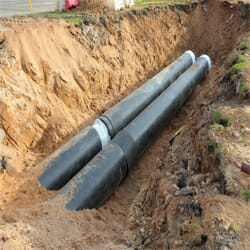
Pipe replacement, on the other hand, involves extensive excavation to remove the damaged pipes and install new ones. This process can cause significant disruption to your property, including digging up large areas of your yard, breaking up concrete, or removing landscaping features.
If you value preserving the aesthetics and integrity of your property, pipe relining is the preferred option, as it minimises property damage and reduces the need for additional repairs or restoration.
7. Compatibility With Different Pipe Materials
The compatibility of the chosen method with different pipe materials is an important consideration when addressing plumbing issues. Pipe relining offers versatility in terms of compatibility. It is suitable for a wide range of pipe materials, including clay, cast iron, PVC, and more. This flexibility allows homeowners with different types of pipes to benefit from the relining technique without the need for complete pipe replacement. Whether you have an older system with clay pipes or a modern one with PVC pipes, relining can effectively restore the functionality of your plumbing system.
Pipe replacement is also compatible with various pipe materials. However, it is crucial to match the new pipe material with the existing plumbing system to ensure proper functionality and compatibility.
Considering the compatibility of the chosen method with your specific pipe material is essential to ensuring successful repairs or replacements. Professional plumbers can assess the materials used in your plumbing system and provide guidance on the most suitable method for your pipes.
Related Articles:
8. Maintenance Requirements
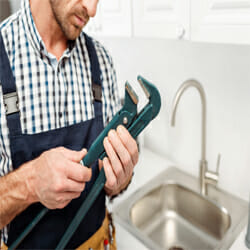
Pipe replacement, like any plumbing system, requires ongoing maintenance. This includes checking for leaks, monitoring water pressure, and addressing any issues that may arise with the joints and connections of the new pipes. Regular inspections by a professional plumber can help identify and resolve potential problems before they escalate.
Consult with a plumbing professional to understand the specific maintenance requirements of the chosen method and ensure that you can adequately maintain your plumbing system in the long run.
9.Water Flow And Efficiency
Water flow and efficiency are essential considerations when evaluating the effectiveness of pipe relining and pipe replacement. Pipe relining improves water flow and efficiency by creating a smooth and seamless inner surface within the existing pipe. The absence of joints and cracks reduces the likelihood of blockages and ensures a consistent and unrestricted flow of water. This leads to improved water pressure and efficient distribution throughout your plumbing system.
Pipe replacement can also improve water flow and efficiency by eliminating old and obstructed pipes. However, additional adjustments and fittings may be required to optimise the system’s efficiency after the replacement. It is crucial to consult with a professional plumber during the design and installation process to ensure proper pipe sizing and configuration for optimal water flow.
By choosing the appropriate method based on the condition of your pipes and your water flow requirements, you can ensure a reliable and efficient plumbing system in your home.
10. Consideration Of Future Renovations
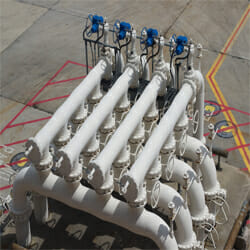
Pipe replacement, on the other hand, may require modifications to the plumbing system to accommodate future renovations. This could involve rerouting or reconfiguring the pipes, which can add complexity and cost to your renovation project.
By considering your long-term goals and discussing them with a plumbing professional, you can choose the method that aligns with your future renovation plans and provides the necessary flexibility.
11. Warranty And Guarantees
When making a decision between pipe relining and pipe replacement, it is essential to consider the warranties and guarantees offered by the service providers. Reliable pipe relining companies often provide warranties on their workmanship and the durability of the relined pipes. These warranties provide assurance that the relined pipes are of high quality and will perform as expected. It is important to review the terms and conditions of the warranty to understand the coverage and duration.
Pipe replacement may also come with warranties, particularly for the new pipes that are installed. It is important to discuss the warranty coverage with the contractor and understand any limitations or exclusions.
By comparing the warranties and guarantees offered for both methods, you can make an informed decision and have peace of mind knowing that you are protected against potential issues or defects.
12. Professional Expertise And Experience
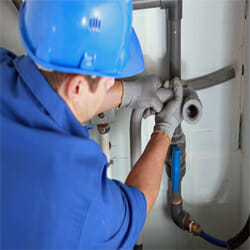
For pipe replacement, choose plumbers who have experience in excavation, pipe removal, and new pipe installation. They should be knowledgeable about different pipe materials and have the skills to properly connect and seal the new pipes.
Working with experienced professionals will help you make an informed decision and ensure the success of your chosen method. They can assess the specific conditions of your pipes, consider any unique challenges, and provide expert advice tailored to your situation.
13. Factors Influencing The Decision
Several factors influence the choice between pipe relining and pipe replacement. It is important to consider these factors carefully to determine the most suitable solution for your specific needs. The extent of the pipe damage is a key consideration. Minor cracks, leaks, or root intrusions can often be effectively addressed through pipe relining, while severe damage may require pipe replacement.
Cost considerations play a significant role in decision-making. While pipe relining may have higher upfront costs, it often proves to be more cost-effective in the long run due to reduced labour and excavation expenses.
Time constraints should also be evaluated. Pipe relining offers a quicker solution with minimal disruption to your daily routine, whereas pipe replacement can be more time-consuming due to excavation and pipe installation.
Environmental impact is another factor to consider. Pipe relining minimises excavation and waste, making it a more environmentally friendly option compared to pipe replacement.
Property disruption, long-term goals, maintenance requirements, water flow and efficiency, compatibility with pipe materials, warranty coverage, and professional expertise are additional factors to weigh in your decision-making process.
By carefully evaluating these factors and consulting with plumbing professionals, you can make an informed decision that meets your specific needs and ensures the long-term functionality of your plumbing system.
Conclusion
In conclusion, the choice between pipe relining and pipe replacement depends on various factors, including the extent of damage, cost considerations, time constraints, and long-term goals. Ultimately, it is crucial to consult with professional plumbers who can assess the specific conditions of your pipes and provide expert advice. They will consider factors such as the extent of damage, pipe materials, budget constraints, and your long-term goals to recommend the most appropriate solution. By making an informed decision and choosing the right method for your plumbing needs, you can ensure the longevity, efficiency, and functionality of your plumbing system for years to come.

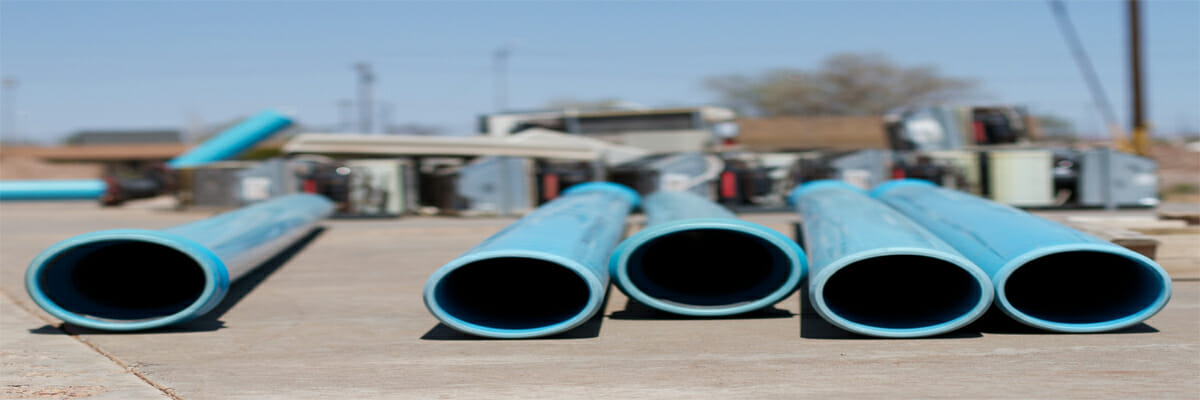
 Enquire
Enquire